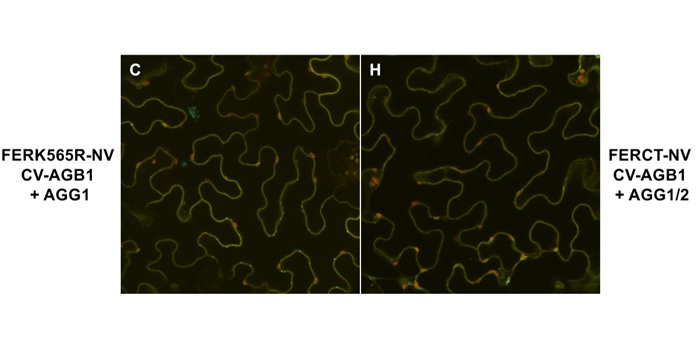
The G protein β subunit, AGB1, interacts with FERONIA in RALF1-regulated stomatal movement
Plant Physiol. Heterotrimeric guanine nucleotide-binding (G) proteins participate in numerous processes including the regulation of hormonal responses and environmental stress. G proteins are composed of three subunits: Gα, Gβ, and Gγ. AGB1, a Gβ protein, forms a non-covalent dimer with a Gγ subunit,…
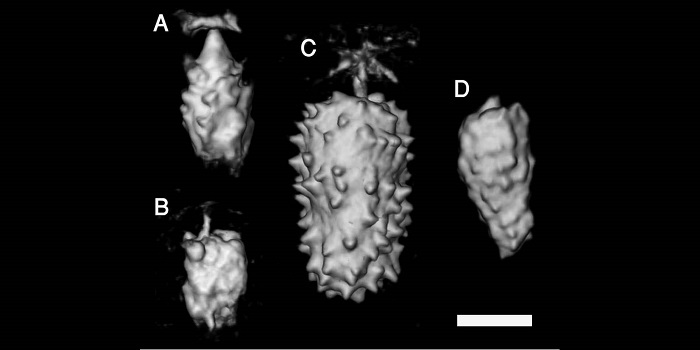
Mineral Deposits in Ficus Leaves
Mineral deposits occur in many, but not all plant leaves. In those leaves that do have minerals, the mineral type, morphology and the distributions within the leaves are under strict control. In fact, mineralization in certain leaves is a well-preserved trait throughout evolution, indicating that such…

Anthocyanins on Demand
Anthocyanins are vacuolar pigments derived from the phenylpropanoid pathway that are produced in many different plant species. The role of anthocyanin accumulation under stress in vegetative tissues is probably linked to the scavenging of reactive oxygen species (ROS). Anthocyanins are powerful antioxidants…
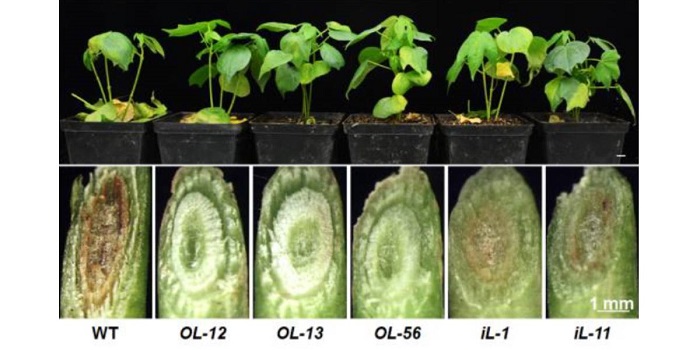
Laccase Confers Biotic Stress Tolerance in Cotton
Cotton (Gossypium spp.) is a globally cultivated globally crop of vast economic importance. Pathogens and pests are major limitations to cotton yield and quality. Verticillium wilt, caused by the fungus Verticillium dahliae, is the disease most detrimental to cotton production. Cotton bollworm (Helicoverpa…
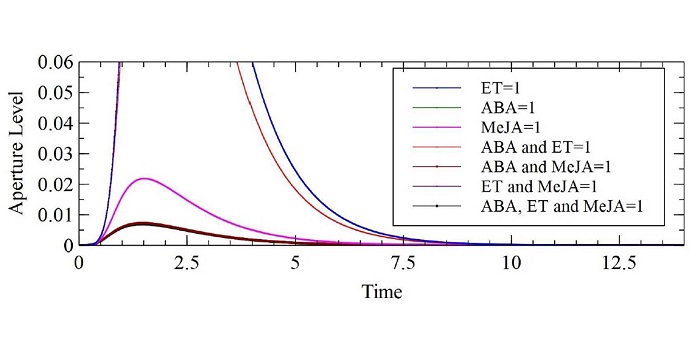
What We're Reading: January 19th
This week's papers were seleted by Renee Dale. Renee is a PhD student in biology and an MS student in statistics at Loiusiana State University who is studying mathematical biology and biostatistics for plant biology applications. She is also working on an educational video game!
Renee selected these…
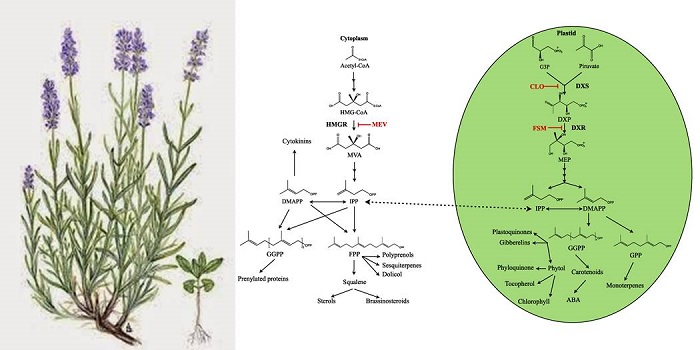
Dynamics of monoterpene formation in spike lavender plants
Metabolites. Terpenes are derived from isopentenyl diphosphate (IPP) and dimethylallyl diphosphate (DMAPP), which are produced in two separate pathways: in the cytosol (via mevalonate, MVA) and the plastid (via methyl-D-erythritol-4-phosphate, MEP). The products of terpene metabolism include numerous…

Ash leaf metabolomes reveal differences between trees tolerant and susceptible to ash dieback disease
Over the last two decades, Ash dieback (ADB) has been sweeping through Europe killing or damaging a large proportion of European common ash trees (Fraxinus excelsior). ADB results from infection by wind borne spores of the fungus Hymenoscyphus fraxineus. As ADB spread and the scientific research…
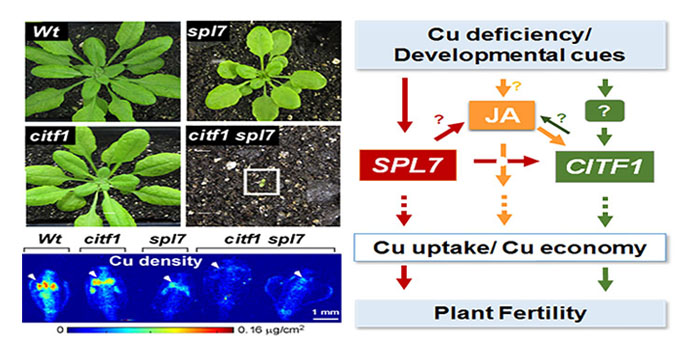
Anthers Crave Copper
Yan et al. searched for proteins that regulate the delivery of the micronutrient copper to flowers to ensure successful reproduction https://doi.org/10.1105/tpc.17.00363
By Jiapei Yan, Ju-Chen Chia, and Olena Vatamaniuk
Background: Global food security and the demand for high-yielding grain crops…
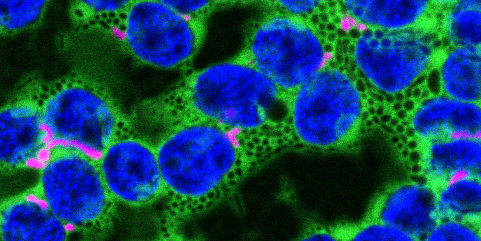
Protection Against Reactive Carbonyl Species
Schmitz et al. investigate the physiological significance of the glyoxylase system in Arabidopsis https://doi.org/10.1105/tpc.17.00258
By Jessica Schmitz and Veronica G. Maurino
BACKGROUND: In every living cell, side reactions of enzymes and spontaneous reactions of metabolites inevitably…

